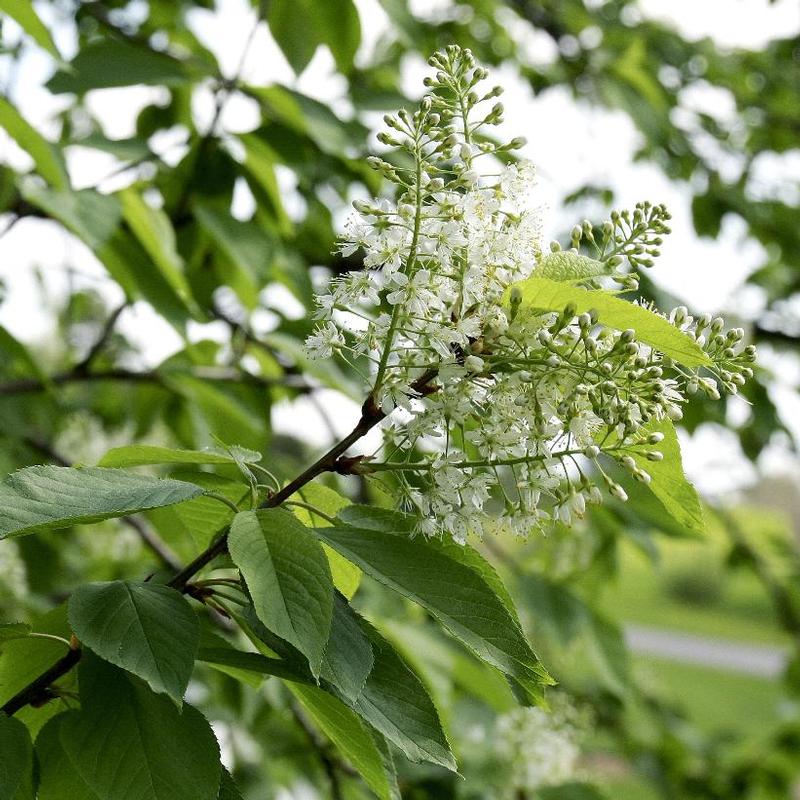« Previous Plant | Next Plant »
Prunus virginiana
Common Chokecherry
This tree can be of particular interest for conservation and wildlife plantings. The small, white or pinkish flower clusters yield to small, astringent but edible, purple-black fruit.
- » Small, fragrant, white or pink flowers emerge simultaneously with the leaves
- » Red to blue to black fruit ripens in July, eaten by birds
- » Semi-glossy, green leaves occasionally turn pinkish in the fall
- » Upright, vase-shaped habit
- » Bloom Time: April to May
1gal
$27.75
2gal
$38.25
Attracts Wildlife
| • | Attracts Birds |
Growth Rate
| • | Fast |
Attributes
| • | Native to Ontario |
| • | Deciduous |
| • | Edible |
| • | Drought Tolerant |
| • | Fall Color |
| • | Fragrant |
| • | Fruit |
Flowering Time
| • | Spring |
Foliage Color
| • | Green (dark) |
Planting instructions
| • | Container Plants |
Additional Information about Prunus virginiana
Native to Ontario and much of North America.
Although the fruits are edible, they are very sour, hence the name.
Growing & Maintenance Tips for Prunus virginiana
Chokecherry grows best in a semi-dry, fertile soil, transplanting easily, and can tolerate a wide range of soil types and conditions. Suckering freely, they will form thickets if suckers are not removed. They can be pruned or trained into a tree form, but still sucker profusely.
